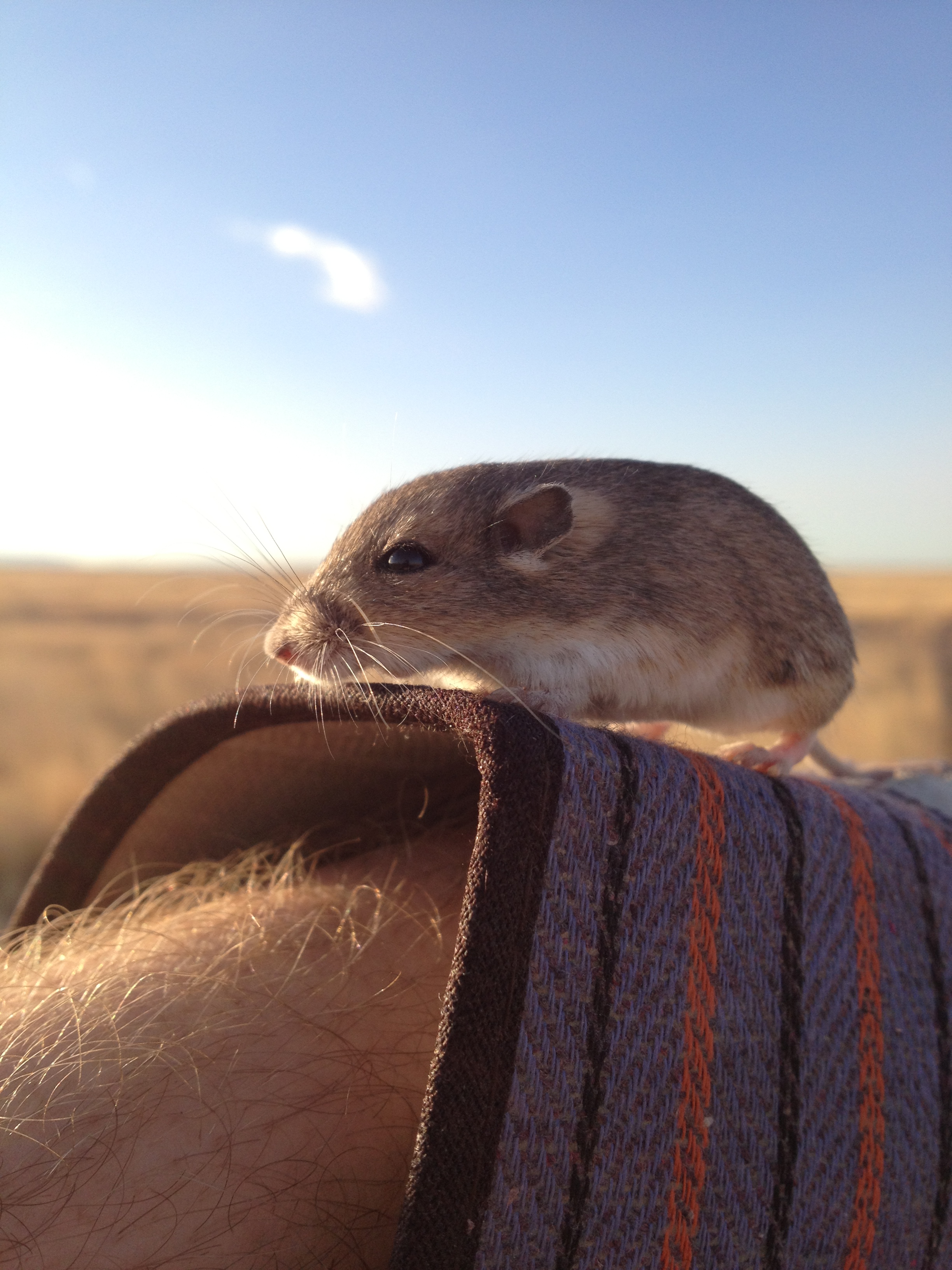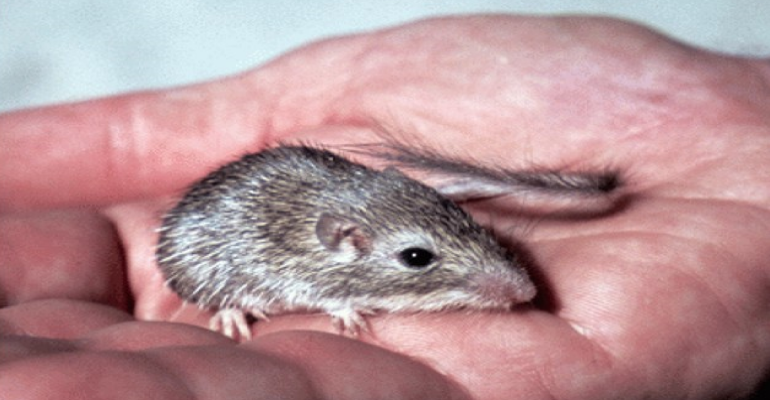
They are found in fine-grain or sandy areas that are close to the Pacific Ocean. They have not been recorded farther than 2.5 miles (4.0 km) away from the ocean.

The Pacific pocket mouse is endemic to the immediate coast of southern California from Marina del Rey and El Segundo in Los Angeles County, south to the vicinity of the U.S.-Mexican border in San Diego County. Ī pocket mouse can have 8 to 10 pups (baby mice) every year. The tail of the pocket mouse is 2.125 inches (54.0 mm). Individuals range from 4.25 inches (108 mm) to 5.2 inches (130 mm) in length from the nose to the tip of the tail which makes them amongst the smallest subspecies of pocket mice. The young baby of a pocket mouse is called a “pinkie, kitten or pup.” The females are called “does” and the males are known as “bucks.” The pocket mouse group is called a “nest, colony, harvest, horde or mischief.” The skull and hind foot of the Pacific pocket mouse are almost the smallest of all the pocket mouse species. The soles of the hind feet are hairy, which are also the distinguishing marks on the Pacific pocket mouse (along with the two patches of hair that are lighter at the base of the ear). The tail can either be distinctly or indistinctly bicolored.

There are typically two patches of hair that are lighter at the base of the ear, a distinguishing mark of the Pacific pocket mouse. The dorsal side of the pocket mouse is usually brown and pinkish while the ventral is usually white. The color of the Pacific pocket mouse is linked to the environment they live in, hence they are the color of the soil. The coats are spineless and bristle free. Most of the body is covered in fur that feels silky.

4 Endangered species and conservation effortsĪs members of Heteromyidae-which consists of animals surviving on seeds and grain-Pacific pocket mice have fur-lined cheek pouches externally.


 0 kommentar(er)
0 kommentar(er)
